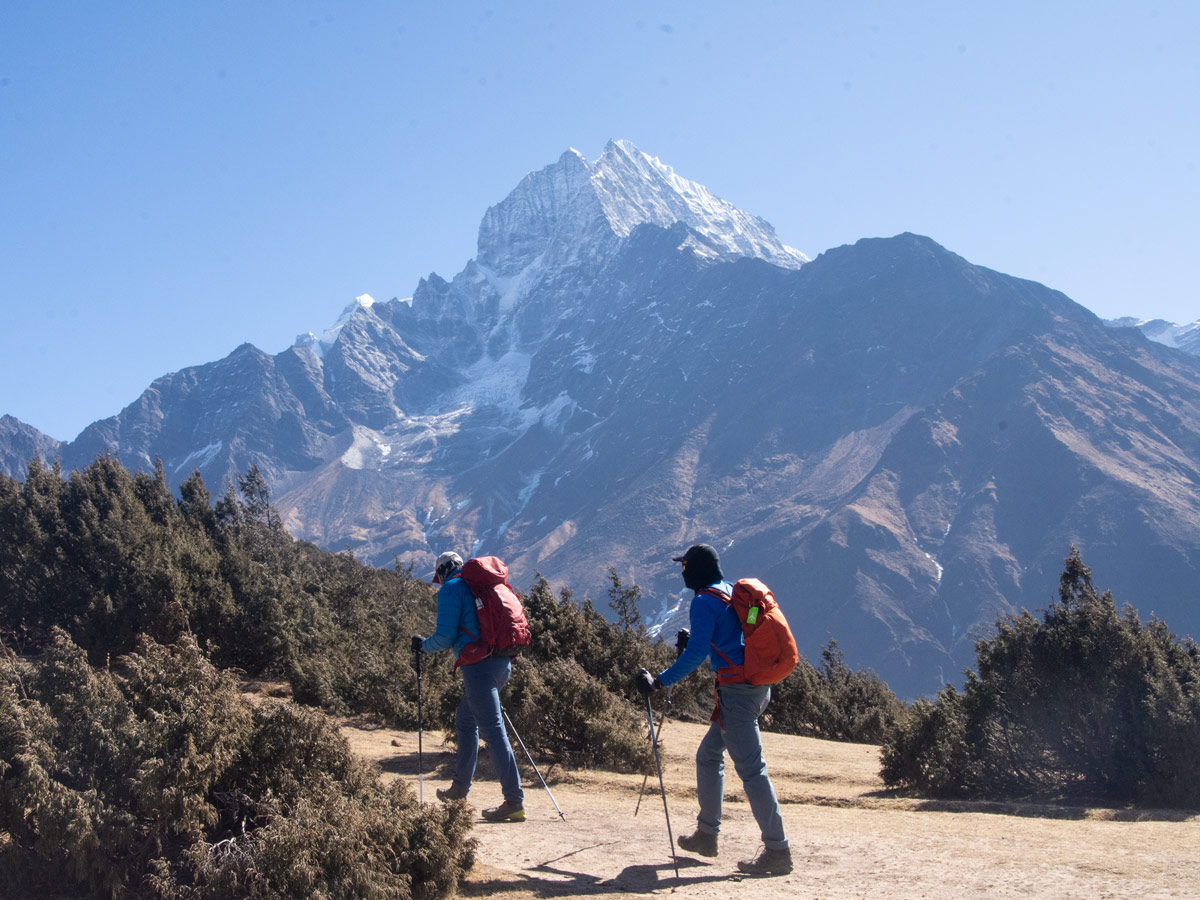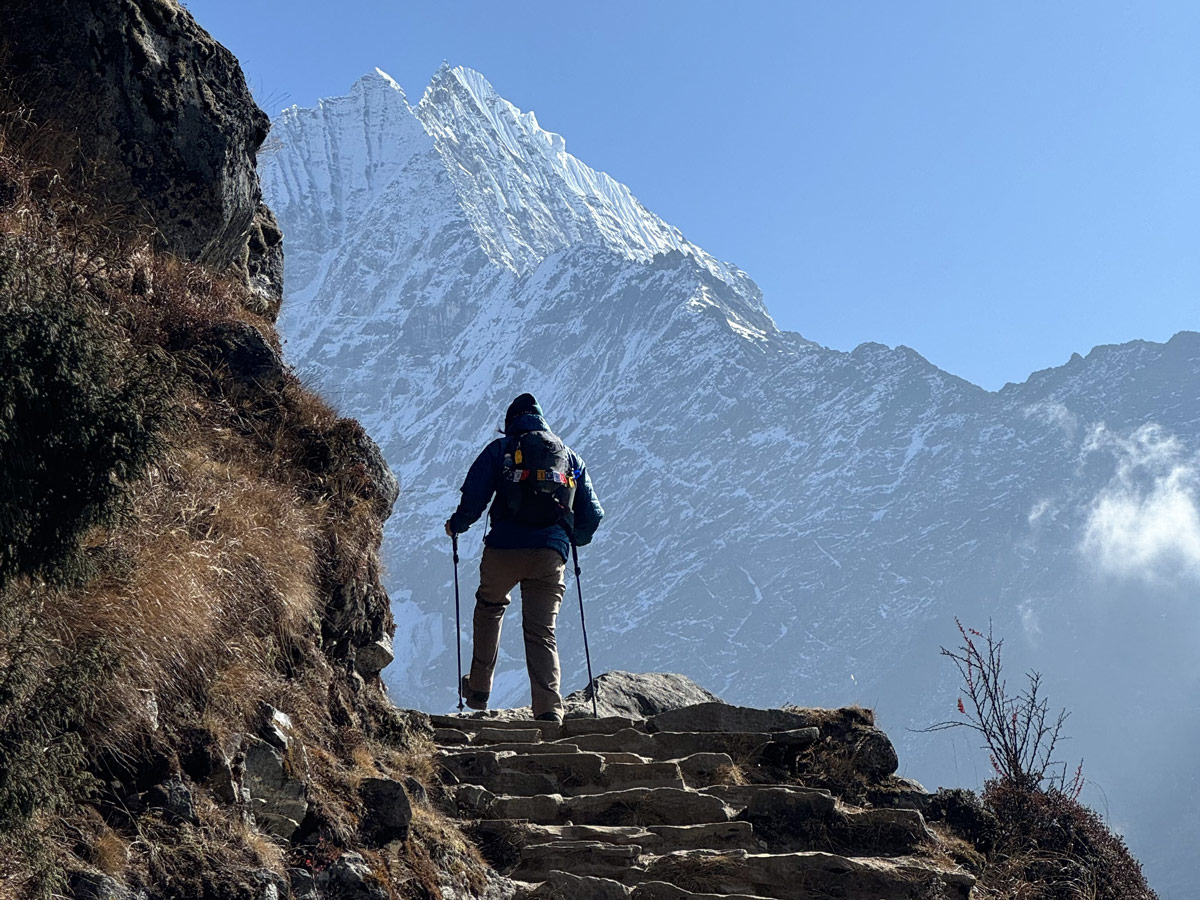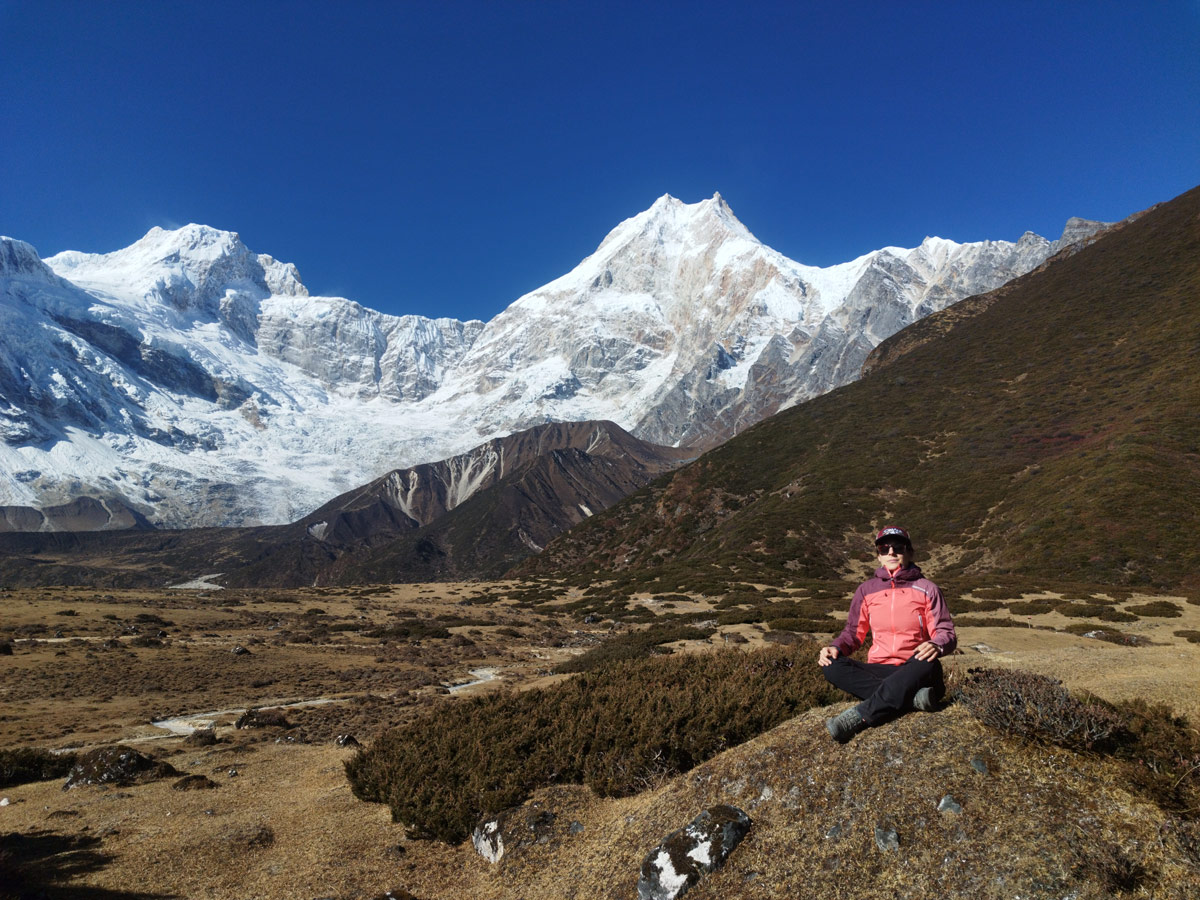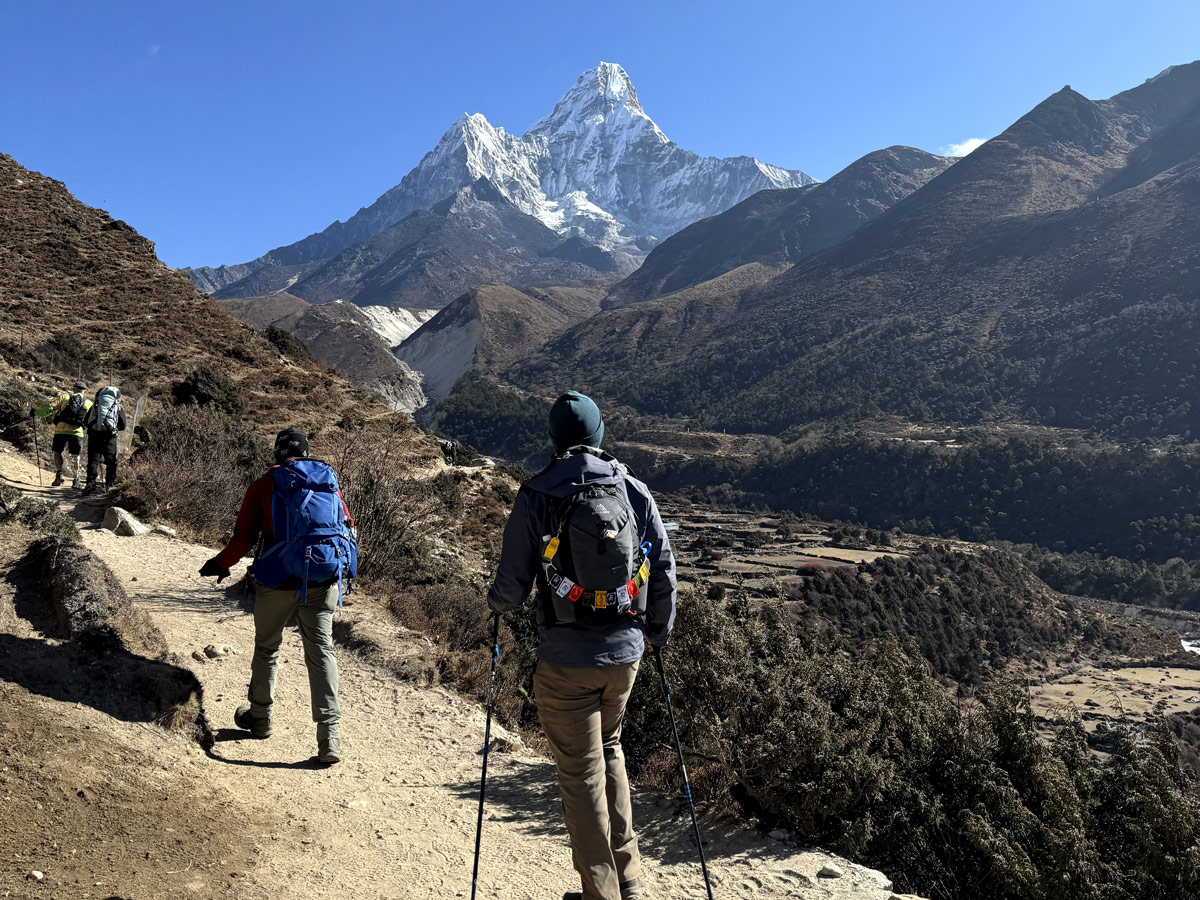A land of breathtaking landscapes and diverse cultures, Nepal has long been a dream destination for tourists and trekkers from all over the world. The country attracts countless tourists every year.
However, this very popularity can pose a significant threat to the fragile ecosystem and unique communities of the country. This leaves us to think, will the future generations be able to enjoy this beauty as much as we are able to?
At this pace, the answer is most likely a ‘No’. Therefore, sustainable travel is no longer just an option—it is a necessity to preserve Nepal’s pristine nature and support its local communities.
In this blog, we have compiled 10 ways to practice sustainable travel in Nepal, ensuring you leave a positive impact on the country’s fragile trails and ecosystems.
Why Sustainable Travelling Matters?
Traditional travelling and trekking, while offering an undeniably incredible experience, can leave long lasting and adverse effects on the fragile ecosystem of Nepal.
These practices include deforestation for firewood and camping, improper disposal of waste, carrying and throwing plastics on the trails, and causing strain on the limited local resources. These can destroy the very landscapes we visit the country to admire.

Imagine exploring trekking trails and tourist spots which are littered with plastic bottles, rivers contaminated by waste, and forests depleted of trees. Wouldn’t be much of a great experience, would it?
Therefore, it is high time that we adapt and embrace the sustainable travel measures and engage in sustainable and responsible tourism. It allows you to reduce the negative impact as well as to leave some positive ones behind.
By choosing eco-friendly practices, we can protect Nepal’s natural beauty, support local economies, and preserve its rich cultural heritage not only for our fellow tourists but also for the generations to come.
10 Steps for Practicing Sustainable Travel in Nepal
Sustainable travelling is not merely a new trend, it is the need of the hour. You can follow the steps listed below to begin your journey of sustainable tourism:
Choose Responsible Trekking Agency
If you are trekking in particular, the first step towards making it a sustainable one is to choose a responsible trekking agency. Your choice of trekking agency can significantly impact the sustainability of your trek.
Many trekking agencies in Nepal are still operating without much regard to sustainable practices including environmental conservation, fair wages, porter welfare, and more.
You should make sure to pick a responsible local trekking agency like Ace the Himalaya where we prioritize responsible tourism practices and are committed to them.
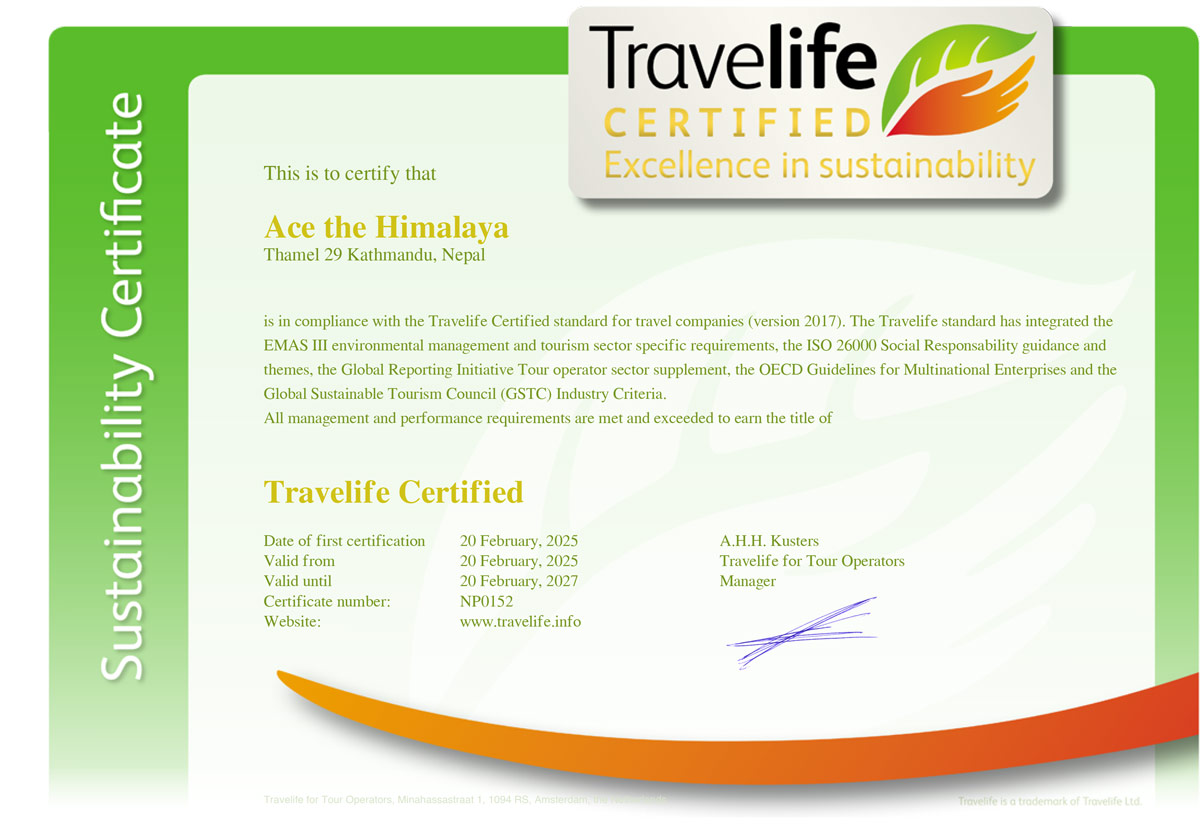
At Ace the Himalaya, we are committed to the local guides and porters (fair wages, proper equipment, insurance), environmental policies (waste management, energy conservation), and our involvement in local community projects.
You should look for certifications of the travel agencies and their accreditations such as Travelife, Sustainable Tourism Awards, or affiliations with organizations like the International Porter Protection Group (IPPG).
A good local trekking agency is also one which has community involvement, i.e. the one which invests in local projects, education, and infrastructure development.
Pack Light and Eco Friendly
Most of the times you will find people advising you to pack light when you are going for any trip. You have to understand that it is not merely advise for your convenience.
While packing light does make your journey more convenient, it is much more impactful in the longer run. Packing light is an important act of environmental responsibility.
You carrying a lighter load, especially during trekking, reduces the burden that your porter will have to carry. While packing lightly, you should also make sure to pack eco-friendly items to reduce your environmental footprint.
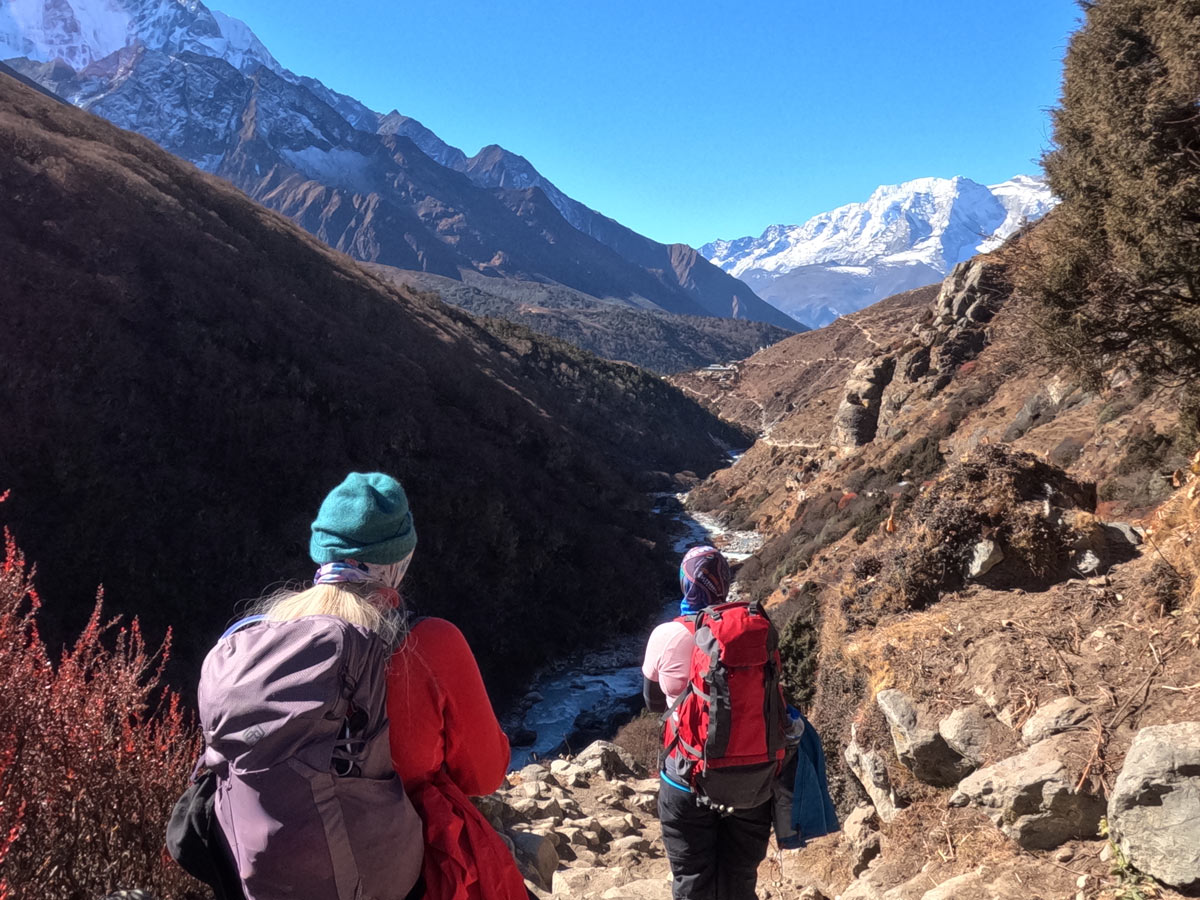
Instead of buying heavy trekking gears like sleeping bags and fleece jackets, it is better to rent them. Instead of buying plastic bottles, opt for reusable water bottles and carry a filtration system with you like purification tablets.
When packing clothing items, it can be helpful and more eco-friendly to carry convertible clothing which reduces the items that you will need to carry. Same is the case with other trekking gears.
As far as toiletries are concerned, use biodegradable items like eco friendly soaps, shampoos, and sunscreen to avoid polluting water sources. Avoid single use plastics at all costs.
Follow Leave No Trace Principle
The foundation of sustainable tourism comes from a set of principles known as the ‘Leave No Trace’ principles. These principles provide essential guidelines for reducing environmental impact while trekking.
These principles include: plan ahead and prepare, travel and camp on durable surfaces, dispose of waste properly, leave what you find, minimize campfire impacts, respect wildlife, and be considerate of other visitors.
Some key leave no trace principles are given below:
- Plan Ahead and Prepare: Research trekking routes, understand local regulations, and pack all the essential gear beforehand to minimize reliance on local resources.
- Travel and Camp on Durable Surfaces: Stick to established trails and campsites. Do not stray off beyond these routes to prevent soil erosion and protect fragile vegetation.
- Dispose of Waste Properly: Carry all trash out of trekking areas. Use designated waste disposal sites, and avoid leaving food scraps that could disrupt local wildlife.
- Leave What You Find: Do not pick plants, collect rocks, or disturb cultural artifacts. Respect Nepal’s rich natural and cultural heritage.
- Minimize Campfire Impact: Use teahouses instead of burning firewood for warmth and cooking, as deforestation is a serious concern in many trekking regions.
- Respect Wildlife: Observe animals from a distance, avoid feeding them, and store food securely to prevent attracting them to human settlements.
- Be Considerate of Others: Keep noise levels low, yield the right of way to other trekkers, and respect the traditions and customs of local communities.
Support Local Businesses and Communities
One of the major contributors to the economy of Nepal is the tourism and trekking industry and many households solely rely on this industry, especially along the trekking trails.
While you do contribute to this economy by visiting Nepal, not all revenue stays in local communities. Therefore, you can make sure of the revenue staying in local economy is by supporting the local businesses.
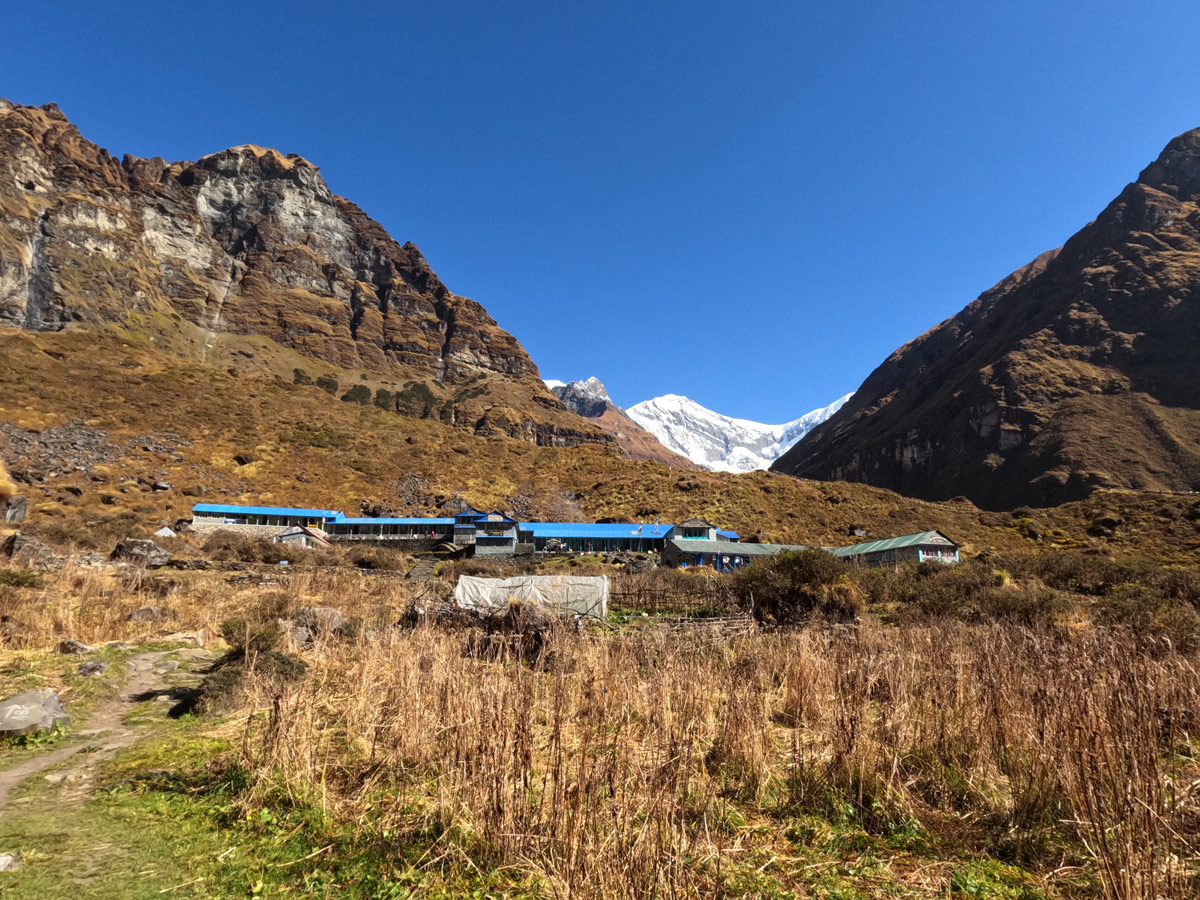
This will ensure that the financial contribution and benefits will go to those who actually need them the most. Supporting local businesses is a crucial aspect of sustainable travelling.
You can contribute to local businesses in the following ways:
- Stay at teahouses, guesthouses, and lodges that are locally owned. Opt for homestays run by local families instead of international chains.
- Buy handcrafted souvenirs to take back home like locally made crafts, textiles, and artworks instead of mass-produced imports.
- Try the delicious local Nepali cuisine and eat at local restaurants. Eat items like dal bhat, momo, and gundruk to support local farmers and restaurants.
- When hiring travel agencies, guides, and porters, opt for the local options and make sure that they have fair wages.
These steps ensure that your money stays within the community and contributes to the local economy.
Respect Local Cultures and Traditions
No matter where you are travelling to, it is important to respect their cultures and traditions. Each place has their own culture and cultural sensitivity makes for a crucial building block of sustainable tourism.
Nepal is a melting pot of culture and you will come across people of different ethnic groups after every few hundred kilometers in the country with different languages, attire, customs, and traditions.
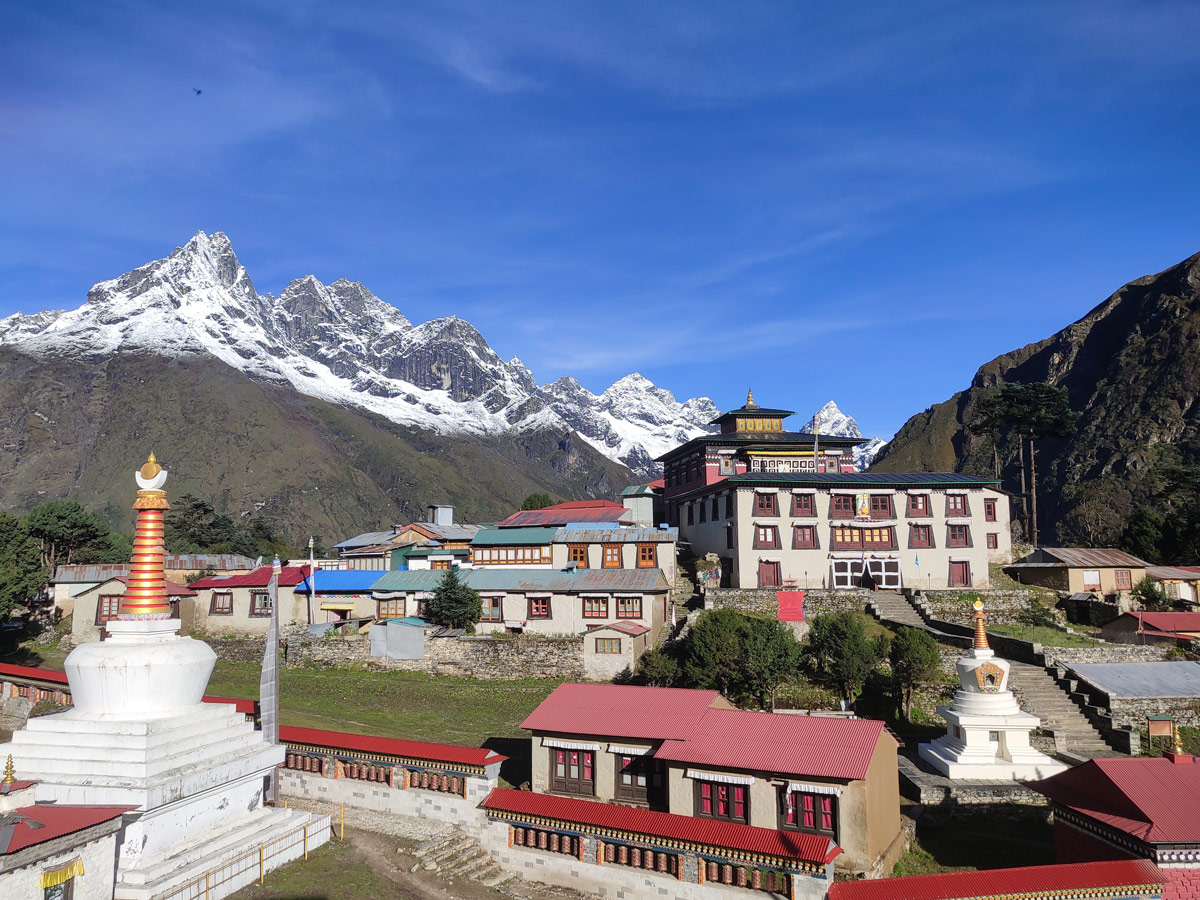
In a country so deep rooted with traditions and diversity, cultural sensitivity is paramount. You should remember that you are a visitor in somebody else’s home.
Make sure to dress modestly, especially if you are visiting any religious place like temples and monasteries. Make sure that your shoulders and knees are covered to be respectful.
While photographing locals is usually fine, it is always better to ask permission before taking photos. This applies to taking pictures of people, as well as for religious customs as sometimes it might be prohibited to take pictures inside temples and during certain customs.
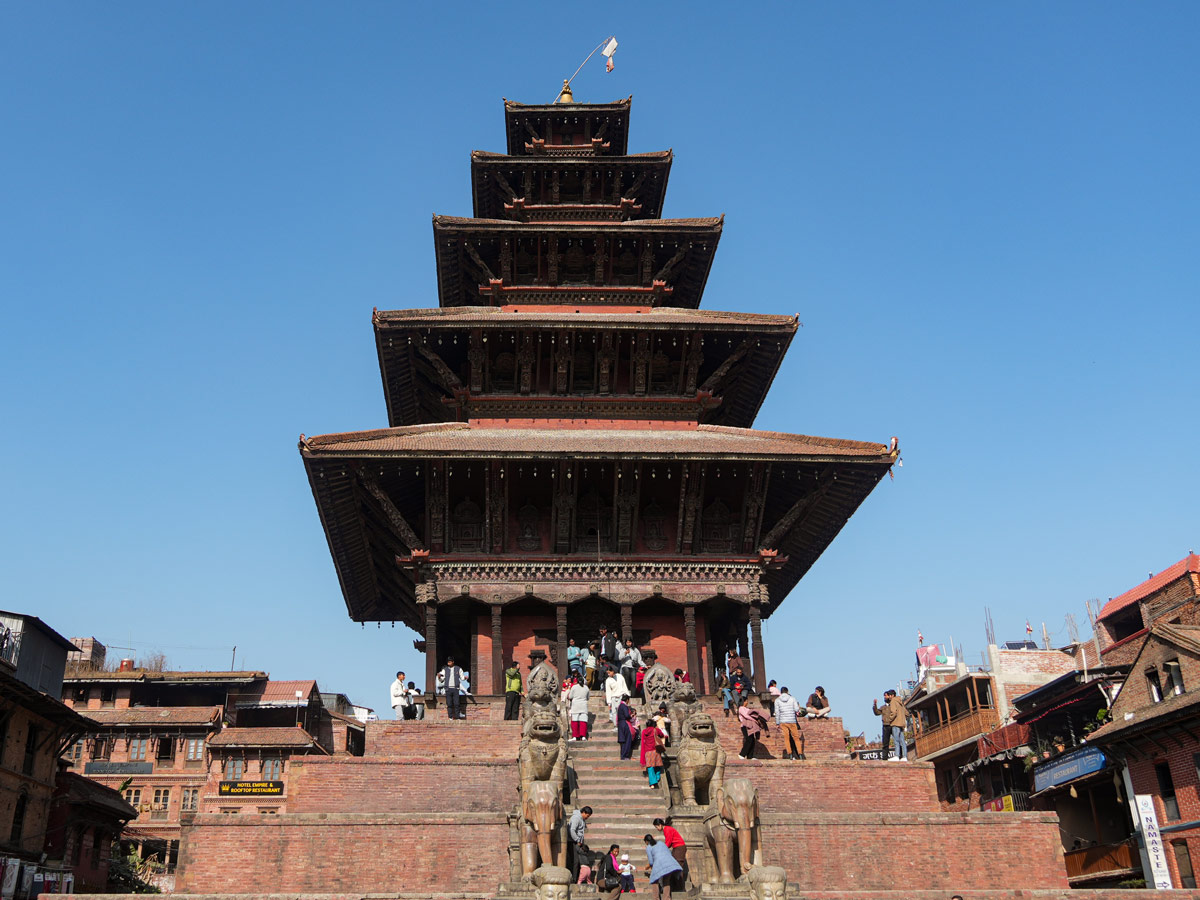
You can learn a few basic Nepali phrases which are commonly used like “Namaste” for greeting and “Dhanyabad” for thank you which can help you show respect.
Be mindful about religious customs, and if you want to participate in any of these customs, it is best to observe them closely first. For example: walk clockwise around stupas and remove shoes before entering temples.
Minimize Energy and Water Resources
This one is specifically more important for the trekkers. If you are trekking in Nepal, chances are you will most likely be venturing in and around the Himalayas of Nepal.
Resources like water, light, and others are very precious in the mountains as these areas have limited connectivity to cities and they also have limited accessibility to resources.

Therefore, trekkers should be mindful regarding how much resources they are consuming. Many other tourists will have to sustain with the same limited amount of resources.
Some ways in which you can minimize the consumption of energy and water resources are:
- Take short showers and avoid wasting water. If you are in high altitudes, it is better to avoid taking a shower as it can promote altitude sickness.
- Even if you are taking shower, try using less hot water as many other resources come in to play to heat a bucket of water like firewood or gas.
- Instead of plugging in and charging your devices, try opting for solar powered devices and chargers. Why use electricity which is limited when you can use sunlight which is unlimited?
- Turn off lights when you are leaving your room. Use the energy which is only absolutely necessary.
Reduce Carbon Footprint
One way you can contribute to sustainable travel is by reducing your carbon footprint in any amount possible. While taking a flight contributes to carbon emissions, you can do a few things to reduce it.
Some airlines have certain carbon offset programs where the passengers can offset the carbon emissions of their flight. You can opt for a flight from one of these airlines.
When in Nepal, try to use public transportation or shared commutes instead of private taxis. You can also opt to explore cities like Kathmandu on two wheels by going on tours like cycling in Kathmandu instead of using private taxis.
If you are traveling with a certified local company, choose packages that support carbon offset initiatives. Look for sustainability certified and eco-friendly companies, inquire about their sustainability practices.
You can also check if they use EV vehicles for transportation, as this can be an important factor to consider when booking your trip.
Respect Wildlife and Nature
The surroundings of Nepal are home to a wide variety of wildlife including plants, animals, as well as exotic birds. These are living in spaces like national parks and conservation areas of Nepal.
While in Nepal, you will be able to explore much of this diversity in wildlife and you might even cross paths with some of these flora and fauna. This diversity in wildlife is a treasure for Nepal.
From the elusive snow leopard and red panda to the vibrant Himalayan Monal and other seasonal birds, Nepal has it all. It will be appreciated a lot if you respect wildlife and nature while exploring the country.
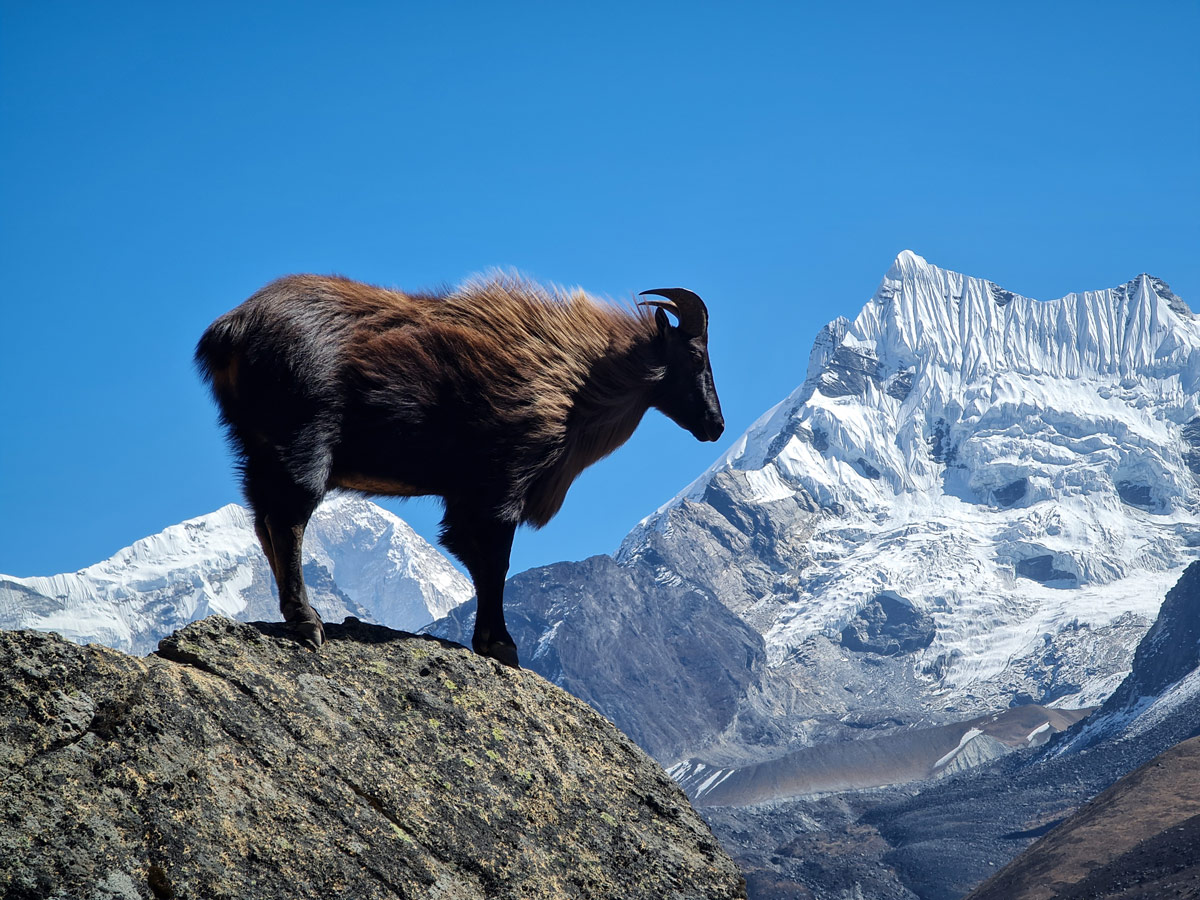
Avoid disturbing the wildlife in their natural habitat. This includes not feeding them, not clicking their pictures in a way that disturbs them like with flash and shutter sound, and more.
It is best to observe them from a distance and capture them using a telephoto lens without a flashlight. Be mindful of nesting birds and avoid approaching their nests.
Stay on designated trails to minimize your impact on vegetation and soil, protecting delicate alpine ecosystems. This also helps to enhance your safety on the trail.
Leave natural objects such as rocks, plants, and feathers undisturbed, preserving the natural integrity of the environment. Educate yourself about the local flora and fauna, fostering a deeper appreciation for the natural world.
Travel Off the Beaten Path
One problem that most of the tourist spots of Nepal are experiencing is over crowdedness, and this is true for the trekking trails too. Classic victims of this problem include the Everest Base Camp Trek as well as Annapurna Base Camp Trek.
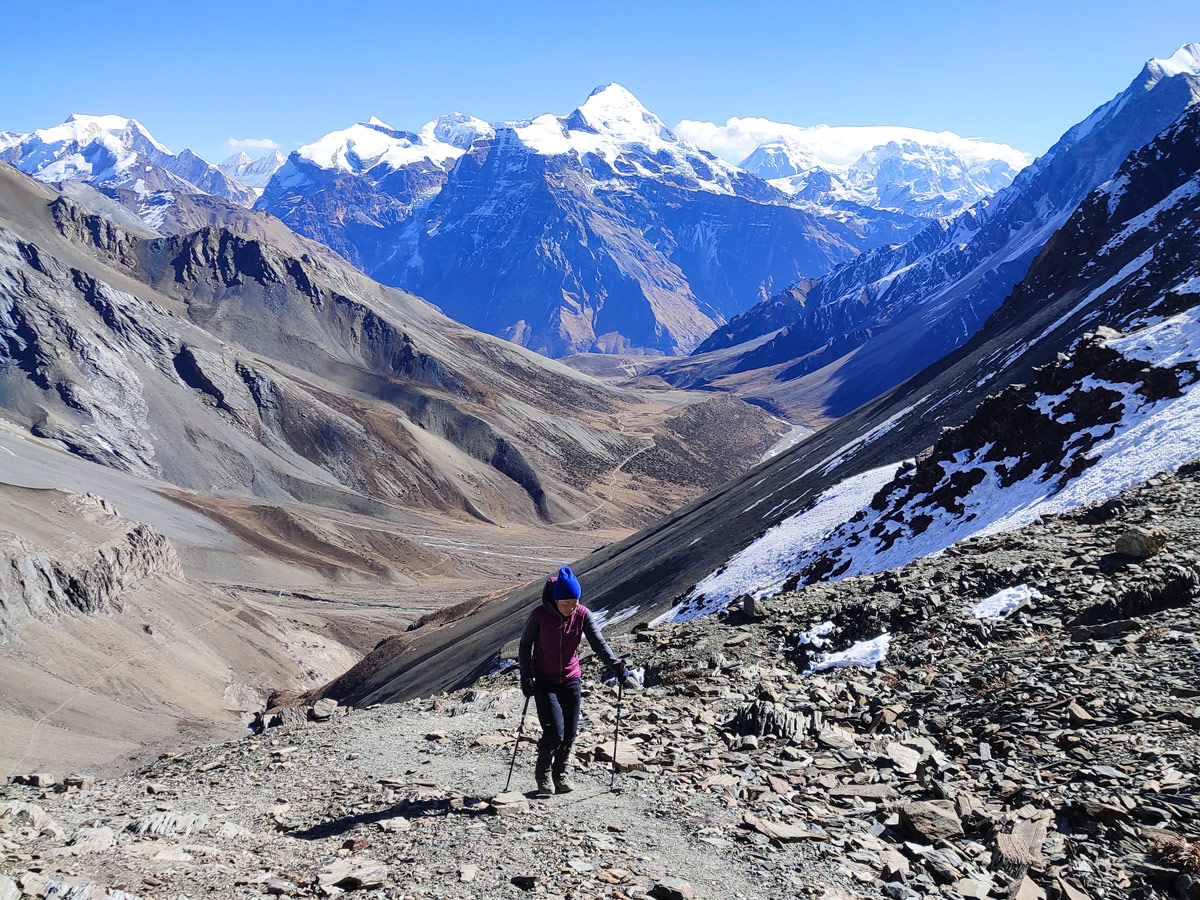
While this increase in crowd can significantly impact your overall experience and make it more chaotic, it can also cause many adverse effects like environmental degradation.
To tackle this, you can explore the more off the beaten routes like Manaslu Circuit, Nar Phu Valley, Upper Dolpo, etc. as here you won’t come across much crowd and you will be able to enjoy while also not causing any strain to the environment.
Participate in Conservation and Community Initiatives
One way to enhance the sustainability of your trip is by giving back to the environment and communities of Nepal. You can participate in any local conservation initiatives.
You can volunteer with reforestation efforts or wildlife conservation. If you don’t have that kind of time, maybe you could Donate to schools in remote villages or sponsor a child’s education.
The easiest way to give back is by avoiding any sort of exploitative activities. This includes saying no to unethical wildlife tourism, such as elephant rides, as well as unethical trekking practices like unfair wages to guides and porters.
